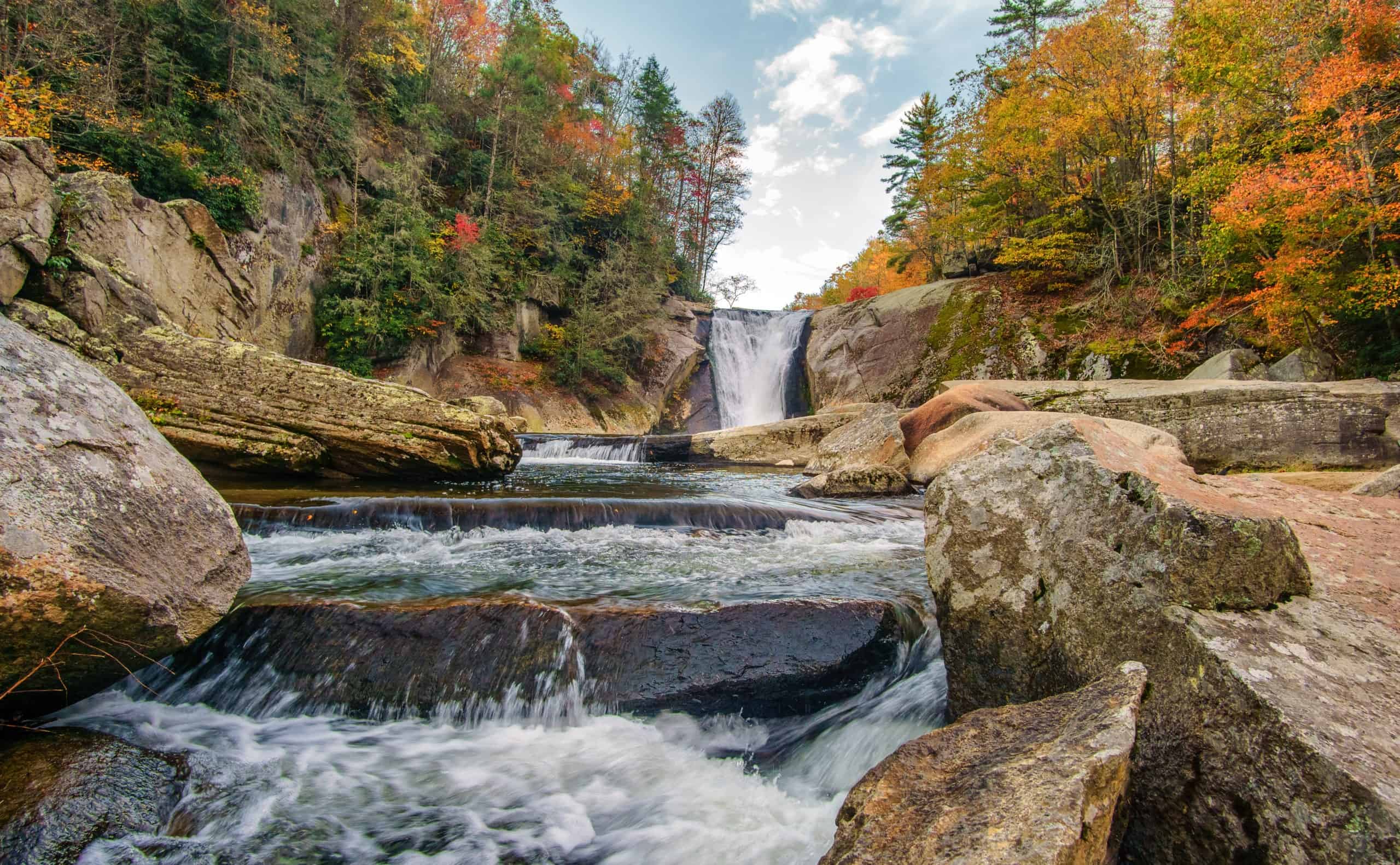Hiking and exploring waterfalls are great ways to see nature, explore, and get some exercise. Enjoying the great outdoors can come with specific risks though. In Western North Carolina and Upstate South Carolina, including popular sites like Table Rock State Park and DuPont State Forest, hikers have suffered serious, and sometimes fatal, injuries in recent hiking accidents and waterfall accidents.
The Charlotte Observer reports that the first local waterfall death in 2018 occurred at Western North Carolina’s Catawba Falls in the Pisgah National Forest. There, an out-of-state visitor walked ahead of his hiking group and fell over the edge of a 50-foot cliff while trying to take a picture. In another recent tragedy from April, a man visiting a North Carolina waterfall near Twin Bridges fell nearly 70 feet and suffered fractures.
Failure to follow basic hiking and waterfall safety precautions while hiking and visiting waterfalls could easily lead to serious injury or death. In order to avoid serious or fatal accidents, outdoor enthusiasts should consider the following safety tips:
Travel in groups and read signs carefully. Waterfalls and hiking trails can provide gorgeous natural views, but you should make sure to follow the instructions on posted signs at all times. When visiting waterfalls, look for specific signage about hazards and areas that may be off-limits to visitors. If no signage is posted, it is still a good idea to be on the lookout for changes in terrain as well as slick or hazardous hiking surfaces.
Check weather conditions. Depending on the time of year, hiking and walking paths may be very slippery. During the winter months, preparing for icy paths and rocks is very important for avoiding a fall. In the summer months, rainfall can cause trails to be muddy, slimy and slick. No matter what time of year you choose to hike, you should check local weather forecasts before leaving your home. Inclement weather can make the areas surrounding waterfalls more hazardous. Severe rainstorms especially have been known to cause flash floods that can catch hikers off-guard.
Pack proper gear. You should make sure you have shoes and clothes that are appropriate for both the outdoor weather and the level of difficulty of your planned hike or waterfall visit. This includes wearing hiking shoes and packing your backpack with items like additional layers of clothing, a small headlamp, a map of the local area, snacks, water, sunscreen, and insect repellant.
Prepare an emergency pack. Preparing a first aid kit with medication, disinfectants, or bandages that you may need is a good idea for any outdoor adventure, especially when hiking near waterfalls. It may take a several hours to return from a remote hike or waterfall visit, and you should make sure to have these basic emergency items with you. In recent years, hikers have been seriously injured and killed while trying to climb waterfalls (something you should never attempt), and emergency kits could have helped render first-aid until help arrived.
Consider the time of day. The best time of day for going hiking or exploring waterfalls may vary throughout the year. The density of the trees, number of daylight hours in a season, or the popularity of the area could impact your experience.
Contact Us
Even when taking the safety precautions above, hiking and waterfall accidents can still happen. You should know that you may have legal options depending on the type of the accident. Attorneys at Grimes Teich Anderson LLP have years of experience representing injured visitors and community members of Asheville, Greenville, Spartanburg, Waynesville, Franklin, and other communities in Western North Carolina and Upstate South Carolina.
Contact us today by phone or online for a consultation with one of our experienced personal injury attorneys.

